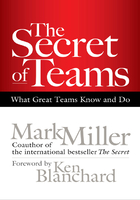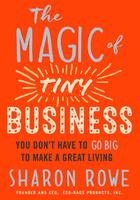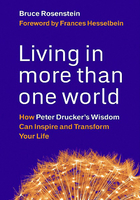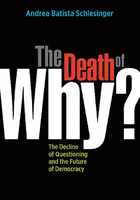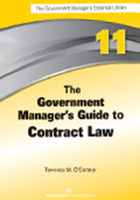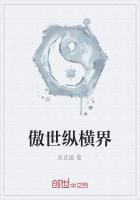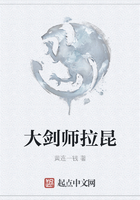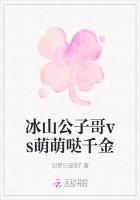FOREWORD BY JIM HIGHTOWER
"I guess a small-town mayor is sort of like a community organizer, except that you have actual responsibilities." Thus spoke Governor Sarah Palin in 2008, bless her heart. With that remark, the half-baked Alaskan unintentionally kicked off a national debate about the importance of community organizing.
Palin's too-cute dissing of President Barack Obama's past organizing, which he did in neighborhoods devastated by steel mill closures, prompted community organizers to step out and stand proud. (Some T-shirts proclaimed "Jesus was a Community Organizer when Pontius Pilate was a Governor.")
The Obama campaign's grassroots model helped propel him into the presidency, thus sealing the debate over the efficacy of community organizing. I am not suggesting that if you follow Si Kahn's pearls of wisdom you will become president. But I can guarantee you that community organizing strengthens our democracy.
And we sure need more and stronger democracy around here. Just about anybody you meet in any Chat & Chew Café in America will tell you that. They know that the barons of Wall Street and the chieftains of global corporations are running everything from America's economic policy to the political system—and running roughshod over working families, family farmers, the middle class, our air and water, and our nation's ethic of the common good. They think they're the top dogs and the rest of us are just a bunch of fire hydrants, which is why Si Kahn's message is so timely and important.
Democracy is not something that happens only at election time, and it's not something that happens just with one event. It's an ongoing, grassroots building process.
What community organizing does is bring people together so they can identify common problems, look for solutions, and craft strategies to reach, educate, and mobilize others, so we can all join together to make the changes we need and deserve.
"One of the greatest skills an organizer can have," Si writes, "is the ability to frame and ask questions in ways that make people not only want to answer them, but also think deeply, and in unexpected ways, about what the answers might be." He isn't talking about sound bites or knee-jerk patriotism or settling for "the way things have always been done around here." Si is talking about creative thinking, about myth-busting and people-first solutions. He is talking about ordinary people making history.
Creative community organizing can transform us into visionaries, prod us to learn new skills, and encourage us to take risks for our and our children's future. Community organizing can change hearts and minds, attitudes, and sometimes even deeply held beliefs. Organizing can tip the balance of power and challenge the old Texas Golden Rule: "Them that has the gold makes the rules."
Technology has given community organizing a huge boost. With just a click of whichever finger you care to use, you can learn about and weigh in on big issues like climate change, war(s), immigration, or for-profit prisons. But high tech cannot replace the need for "high touch"—there is no substitute for people showing up and speaking out at public hearings, PTA meetings, rallies, demonstrations, or picket lines.
Sometimes, just like dancing the Hokey-Pokey, you have to "put your whole self in." Creative Community Organizing shows you how people have put their whole selves in and won some amazing victories.
As I read the book, I remembered inspiring moments from the Southern Civil Rights Movement—one of the most creative and significant organizing campaigns in our nation's history. Such moments continue today. For example, Si takes us to the front lines of a new, compelling, and, to some, controversial community organizing effort: the national campaign by Grassroots Leadership to abolish all for-profit private prisons, jails, and detention centers—and to end immigrant family detention (one of the worst ideas the capitalist system has come up with in the last five hundred years). Along the way, he uses incredible stories, humor, songs, culture, philosophy, poetry, history, and unforgettable characters to encourage all of us to become involved in the great challenges of our times.
The best political button I ever saw was one a fellow was wearing at an environmental rally I attended a few years ago in Vermont. It said: "Wearing a Button Is Not Enough." Si's book makes clear that to achieve our ideals of fairness, justice, and equal opportunity for all, we must be more than a nation of button wearers. He shows us that by joining together, grassroots folks really can organize themselves to stand up to the Powers That Be—and produce the democratic change that America needs.
It's my fervent hope that everyone who picks up this book will see the possibilities and join this historic effort.
Jim Hightower
www.jimhightower.com

